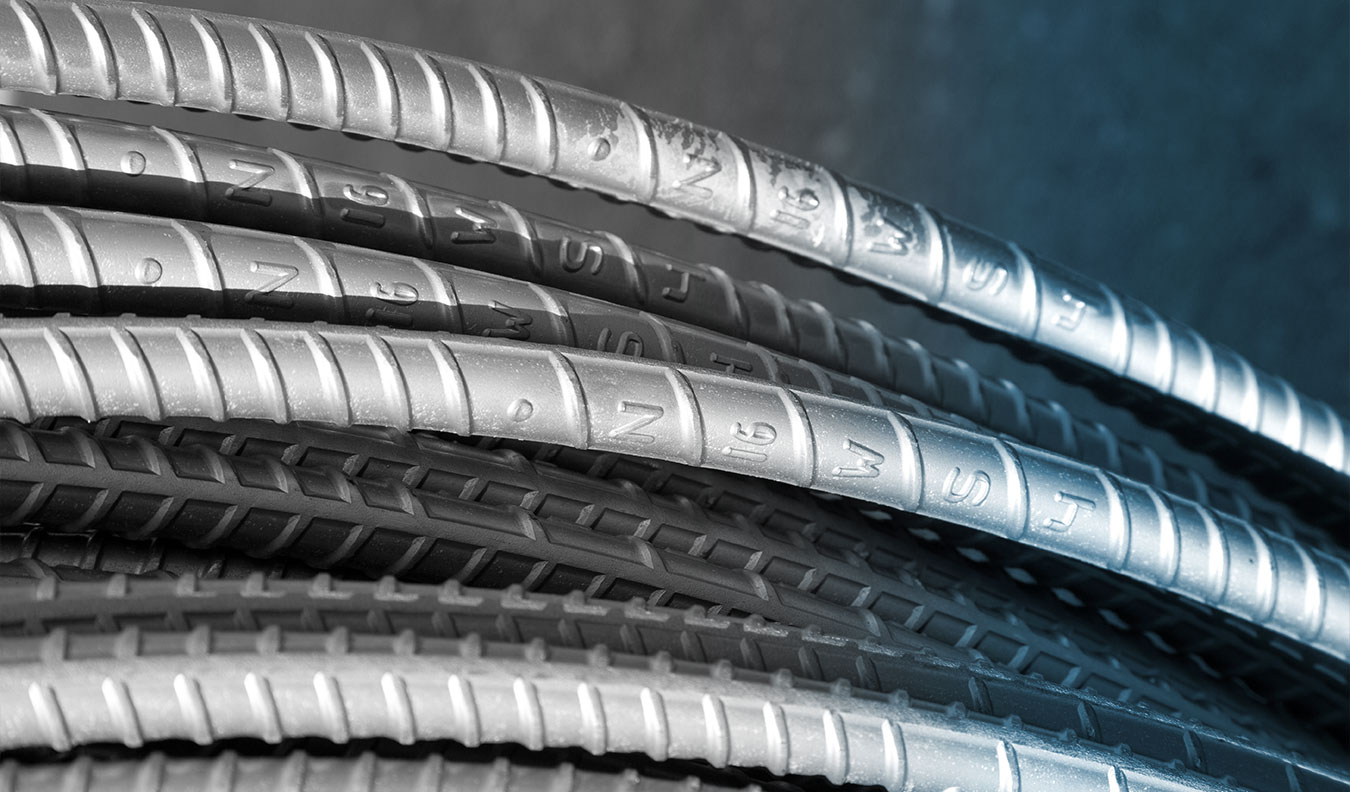SAN FRANCISCO-OAKLAND BAY BRIDGE FABRICATION QUALITY CONTROL AND QUALITY ASSURANCE, 2013
ABSTRACT
This paper describes how the quality assurance (QA) and quality control (QC) of the San Francisco-Oakland Bay Bridge (SFOBB) replacement project was implemented as mandated by the Federal Highway Administration Code of Federal Regulations (CFR) Title 23 637.207. The SFOBB replacement project consists of four distinct sections. The Yerba Buena Island transition structure consists of two 1,452 foot long cast in place, concrete box girder bridges. The Self-Anchored Suspension span consists of two 2,057 foot long side by side steel orthotropic box girders and a single tower consisting of four 525 foot tall towers that sit on a concrete and steel footing supported by 10 steel and concrete piles sunk 196 feet into bedrock. The OBG and the Tower weigh 33,000 tons and were erected at 13 lifts and five lifts respectively on the jobsite. The OBG is suspended from the tower by a one mile long, single steel parallel wire strand (PWS) cable. The Skyway consists of two side by side precast and cast-in-place concrete box girder bridges and the Oakland touchdown, which consists of two side by side concrete box girder bridges.
The QA/QC included a material release process from over 100 fabrication facilities in China, Japan, England, Germany and the United States to the jobsite in Oakland, California. Certified technicians and welding inspectors (CWIs) performed the inspection and nondestructive testing (NDT), including Magnetic Particle Testing (MT), Ultrasonic Testing (UT), Radiographic Testing (RT), Visual Testing (VT), Penetrant Testing (PT), and Phased Array Ultrasonic Testing (PAUT) of the welded components throughout the fabrication process. National Association of Corrosion Engineers (NACE) inspected the corrosion protection systems throughout the fabrication process. This included surface preparation, galvanizing, prime and final coatings, and powder coating. Caltrans inspectors also sampled various materials from the fabricators for testing at the department’s Structural Materials Testing Lab (SMTL). These materials consist of, but are not limited to, reinforcing couplers, bearing pad material and high strength bolt assemblies. Structural material engineers monitored the inspection process and provided specialty materials engineering services to resolve material suitability issues and to ensure that the material complied or was fit for its intended purpose according to the California Department of Transportation (Caltrans) Standard Specifications, SFOBB Special Provisions and contract plans. Finally, a Quality Assurance Database (QAD) was developed to monitor all of the essential information required by the American Welding Society for over 1,000,000 welds in the SAS span.
– Mazen Wahbeh, Aaron Prchlik, and Yiannis Kourakis. “San Francisco-Oakland Bay Bridge Fabrication Quality Control and Quality Assurance,” 2013 Orthotropic Bridge Conference. June 24-30, 2013, Sacramento, CA, 2013.
